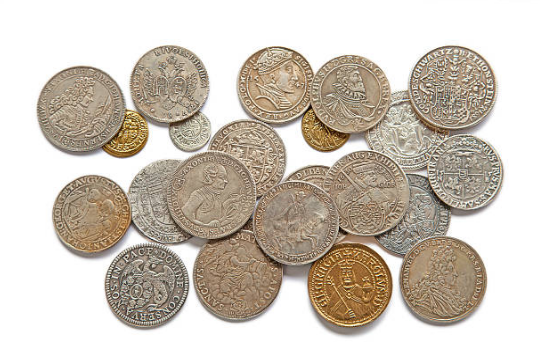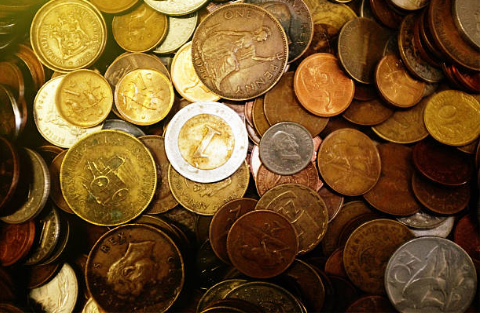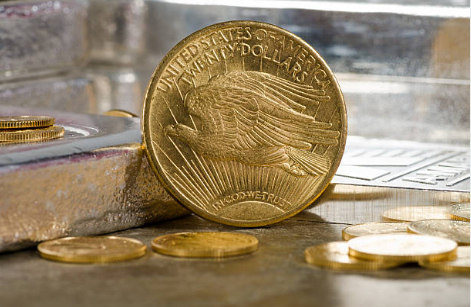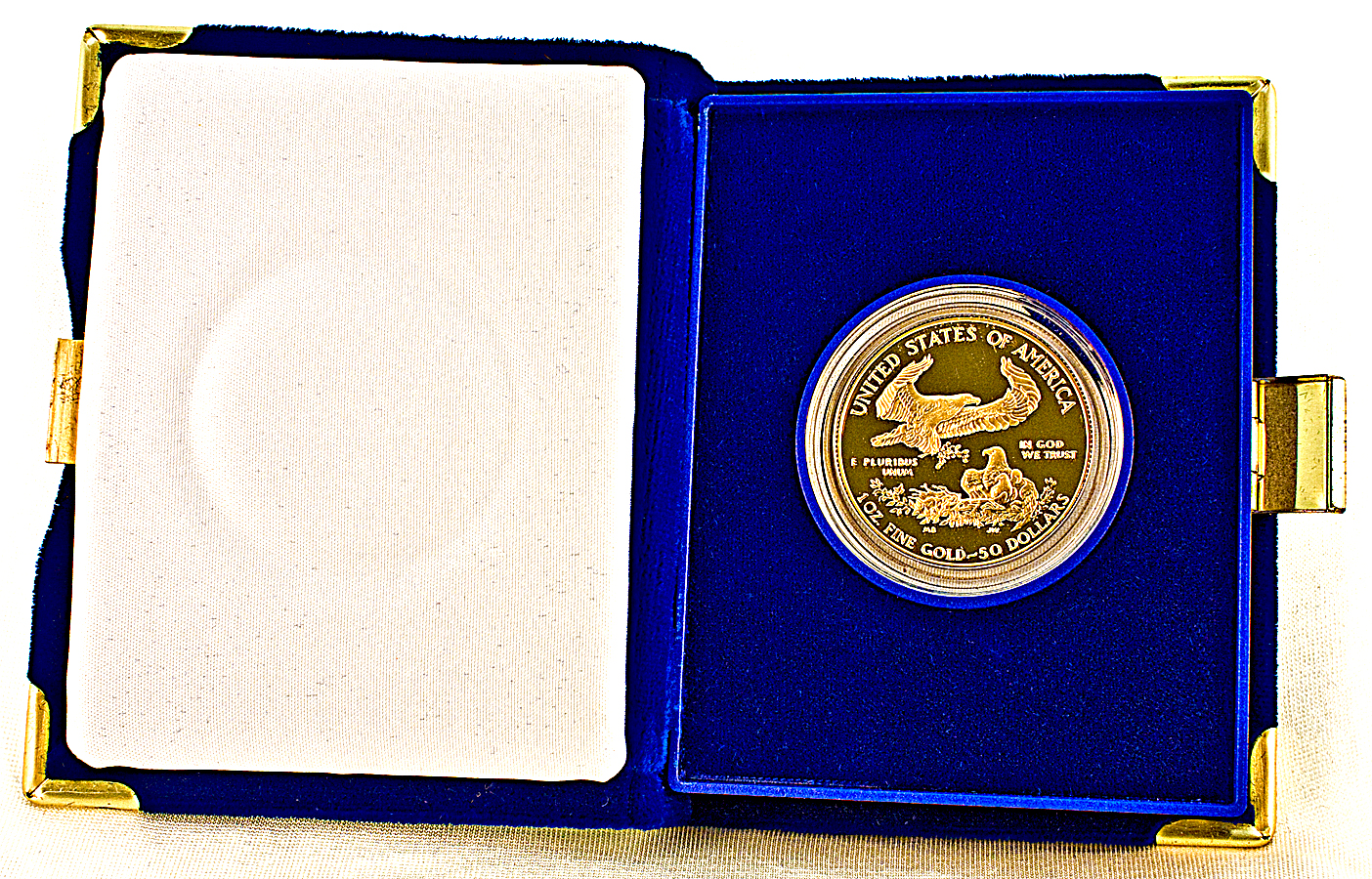Royal Appeal: British Gold Sovereign
Posted on January 28, 2019

Gold coins had already been in circulation in England, when in 1489, King Henry VII ordered the creation of a gold piece that was larger in both weight and size. This regal coinage commanded a noble name: the sovereign. The original design featured a detailed image of the king in his full regalia on the obverse side and the royal coat of arms ensconced in a double rose symbolizing the union of York and Lancaster after the War of the Roses on the reverse. While it held the value of one pound of sterling, or twenty shillings, the sovereign acted as an official piece of bullion, as no mark of value was present on the face.
Functioning as much as propaganda as it did currency, the sovereign’s dispersion represented both stability and prestige to the public, in effect securing the Crown’s legacy. Coins interestingly served as miniature portraits of the public’s liege, often the only time a commoner saw the face of their monarch. They were a piece of history every one could own.
Originally, sovereign coins were made of 23-karat gold (98.83% purity) and weighed one-half troy ounce. King Henry VIII later reduced the gold content to 22-karats (91.67% purity), which became the standard for gold coins in both the British Isles and the United States. While the initial mint has undergone numerous changes, the coin remains one of the most liquid currencies available on the European and Indian markets and serves as a testament to the duration of the British Empire.
Jewelry-N-Loan makes purchases and pawn loans against not only gold, platinum, coins, diamonds, jewelry and watches, but also other luxury items, including loose gemstones, precious metals, art, memorabilia, and antiques. We specialize in signed jewelry (Cartier, Tiffany & Co., Bulgari, Van Cleef & Arpels), and luxury watch brands (Rolex, Breitling, Patek Philippe, & Vacheron Constantin). For more information, please call 949.645.0488.






